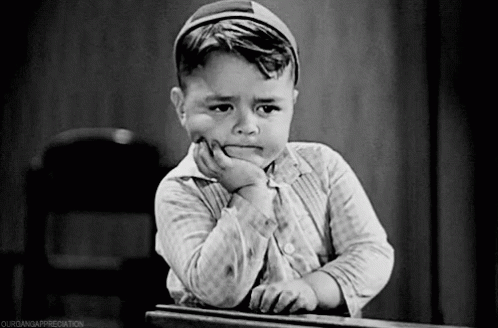By Deborah L. Jaramillo, author of The Television Code: Regulating the Screen to Safeguard the Industry.
Revisiting early debates about TV content and censorship from industry and government perspectives, Deborah L. Jaramillo's book recounts the development of the Television Code, the TV counterpart to the Hays Motion Picture Production Code.
 |
| More info |
 1
1
I’m Bored
In 1951 a man from Pennsylvania demanded the FCC take action to improve the offerings on his local NBC affiliate. He wrote that the “same pictures and stories” had “really become very boresome indeed.” There were a number of reasons to be bored with TV in 1951. Because the FCC stalled TV’s growth in 1948 to sort out some engineering problems, most of the country had either one channel or no service at all. A concerted effort by the Hollywood studios to block the flow of top films to TV also meant that stations reran the same old movies, rankling viewers who expected something better. Angry that they had laid down their hard-earned dollars for a new TV set only to find limited service, viewers wrote to the FCC demanding that they fix things. Although our letter writer was correct to seek out the FCC to resolve the inadequate state of TV service, the Commission could have no hand in fixing his other complaint: “rotten and lousy wrestling matches.”
2
Culinary Fraud
Just as we all did at one time, radio listeners had to learn to become television viewers. Anyone who has watched a cooking show understands that the “magic of television” means prepared food appears minutes after the cooking process begins. While not a primary concern for viewers, at least one woman bristled at this televisual sleight of hand. A regular viewer of Josephine McCarthy’s cooking show wrote to the FCC and accused the host of “practicing fraud.” Distressed by the deception that unfolded before her eyes every morning on her NBC station—and seeking protection from it—this viewer faulted McCarthy for passing off “as her own creations food that she never cooked at all during the program.” Media literacy is a real thing, folks.
 3
3
Justice for Dentists
Most people want to be represented on TV in fair, accurate, and nuanced ways. A few letters in the archive protested hateful representations of minorities, and, yes, some protested positive representations of minorities. As some viewers grappled with the state of race relations and the role TV would play in bringing different cultures into living rooms, one in particular was preoccupied with the representation of an estimable but embattled calling: the field of dentistry. Concerned about the “unpleasant dental scenes” in The Paul Winchell Show and The Alan Young Show, one dentist implored the FCC to limit the sort of portrayal that soured viewers on trips to their local dental professional. After all, according to the letter writer, visits to the dentist had truly become “a pleasant experience.”
Women! Am I Right?
5
Welcome to the Schedule
The insertion of television into daily life meant that viewers like our cooking-show friend had to learn not just how programs were constructed but how stations and networks shaped their lineups. The schedule has always been a site of strategic planning, involving lead-ins, tentpoles, and counterprogramming. Early viewers lucky enough to have more than one station in their hometowns got a taste of this competitive scheduling, but the abundance of programming presented new problems. Without the benefit of video recorders, what would they do if they wanted to watch two shows airing at the same time? One viewer appealed to the FCC. “What ails television,” this viewer wrote, “[is] not enough good shows and when [the] hour arrives for good shows, stations compete in same hours. Television viewers [are] cheated.” Fortunately, the television networks quickly learned the value of the rerun.
6
Ahead of Their Time
The beauty of over-the-air broadcasting is its wide reach. Radio and television’s ability to access and appeal to a mass audience has located these media at the center of social, cultural, and political life. And regulatory decisions made in the 1920s located advertisers at the center of broadcasting. Whereas radio made limited room for viable noncommercial stations, entrenched interests—both industrial and regulatory—ensured that “television” would be synonymous with “commerce.” A mass audience meant big money, but it also meant a varied programming slate. Narrowcast channels, or entire channels targeting specific audiences with defined tastes (think Food Network or ESPN), would not emerge on a large scale until cable television’s channel capacity and revenue streams allowed for such experimentation. Early television viewers already had narrowcasting on their minds, however. In 1950 one exasperated viewer asked the FCC to “let the ballgames have their own station.” A savvy nine-year-old viewer ran with this idea and prescribed an entire system of niche channels in 1951. “I think each channel should have the same thing,” he wrote. His channel lineup? Channel 2: Westerns. Channel 3: Cartoons. Channel 4: Cooks. Channel 5: Educational Programs. Channel 6: Clothes. Channel 7: Languages. Channel 8: Plays. Channel 9: Wrestling. Channel 10: Sports. Channel 11: Planets. But for the final part of his master plan—a less “noisy” type of sponsor—this kid might have had a future in the TV business.
All letters can be found in the National Archives and Records Administration at College Park, MD.


No comments:
Post a Comment